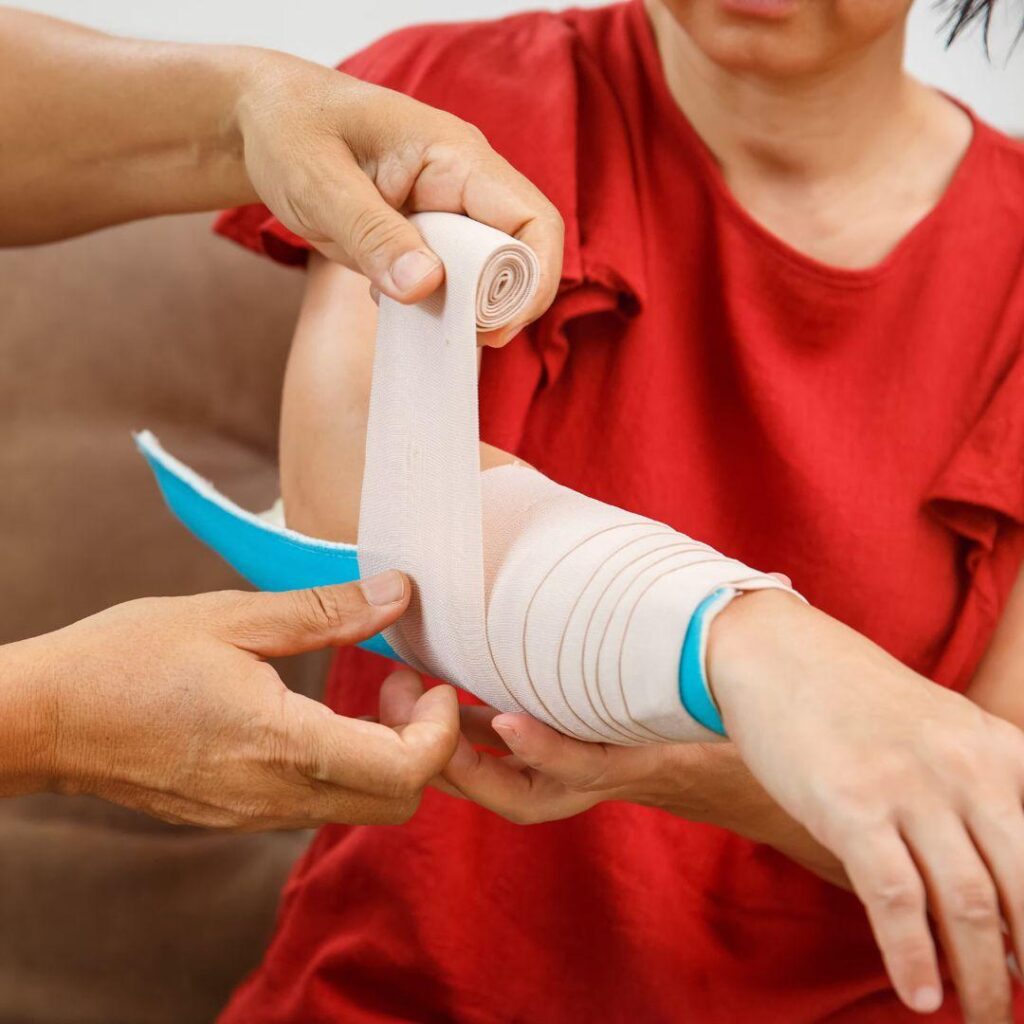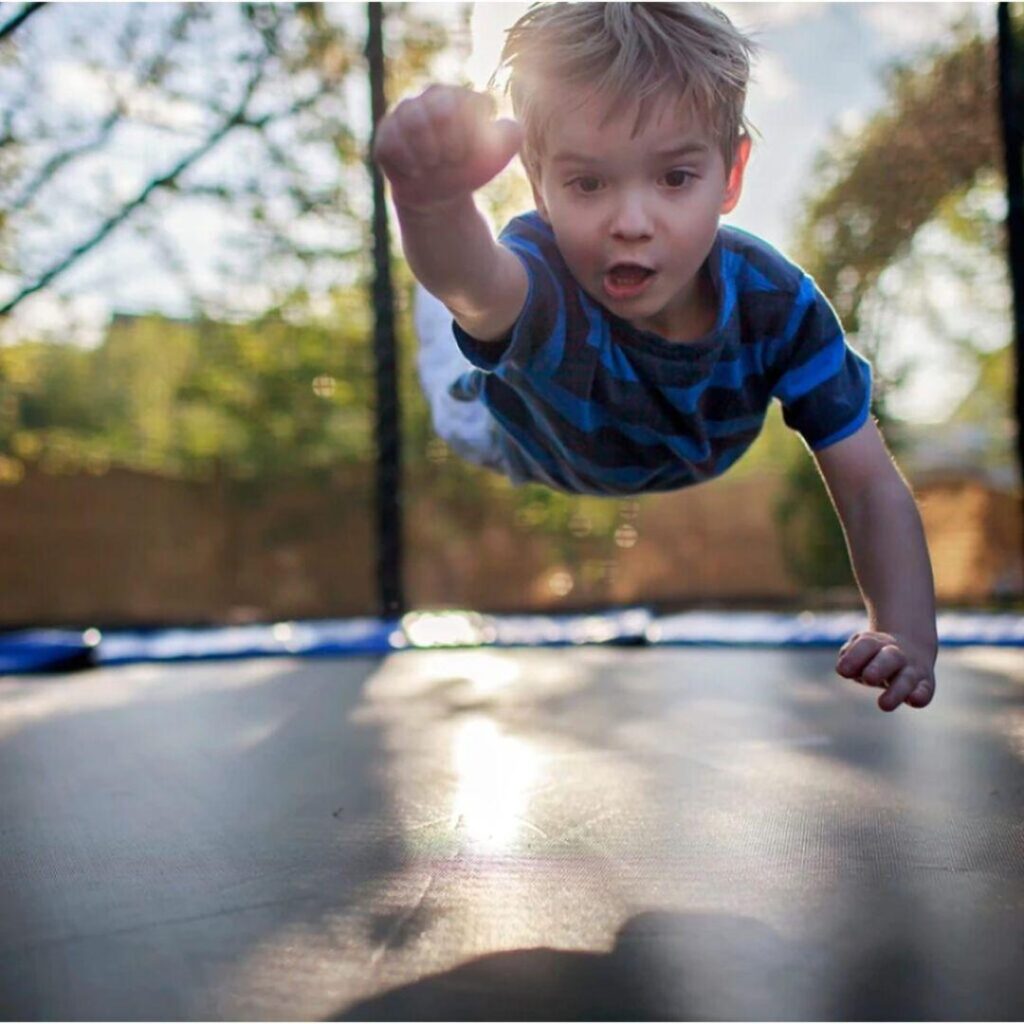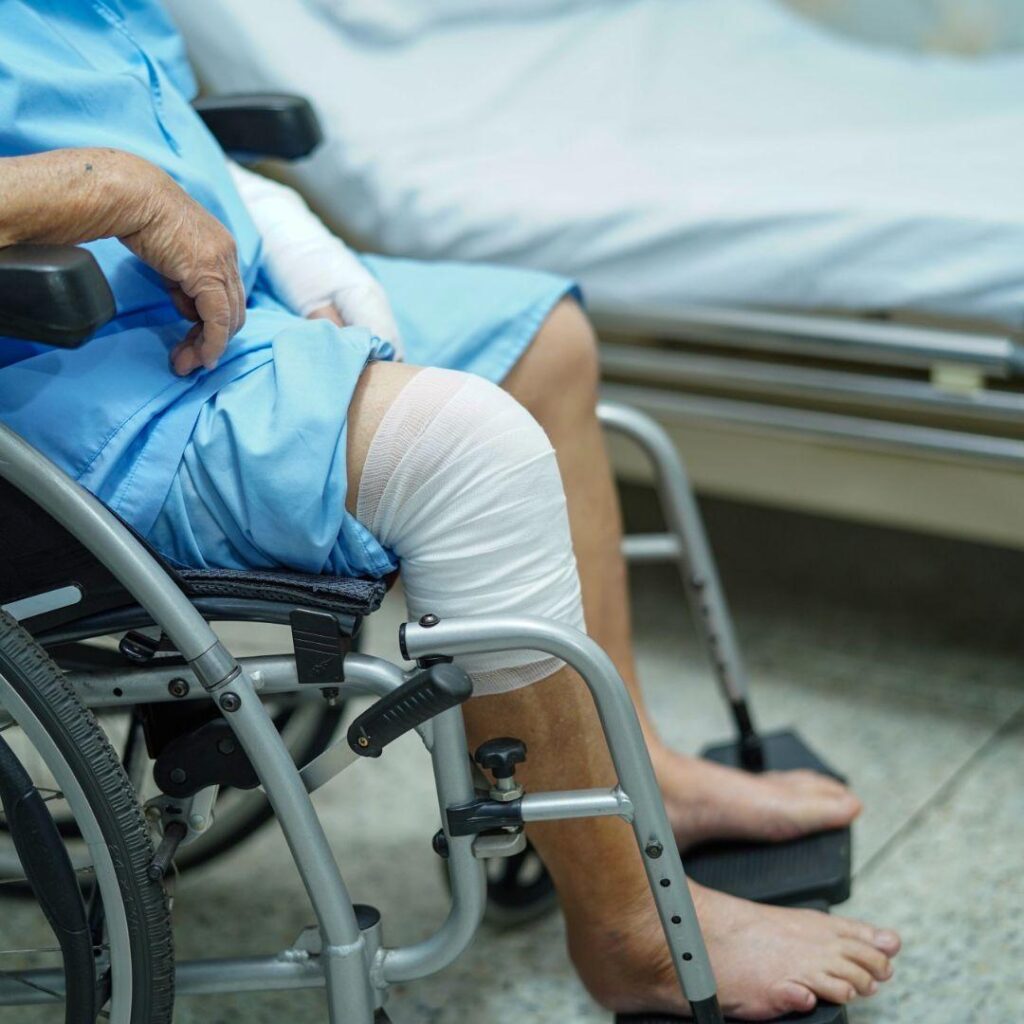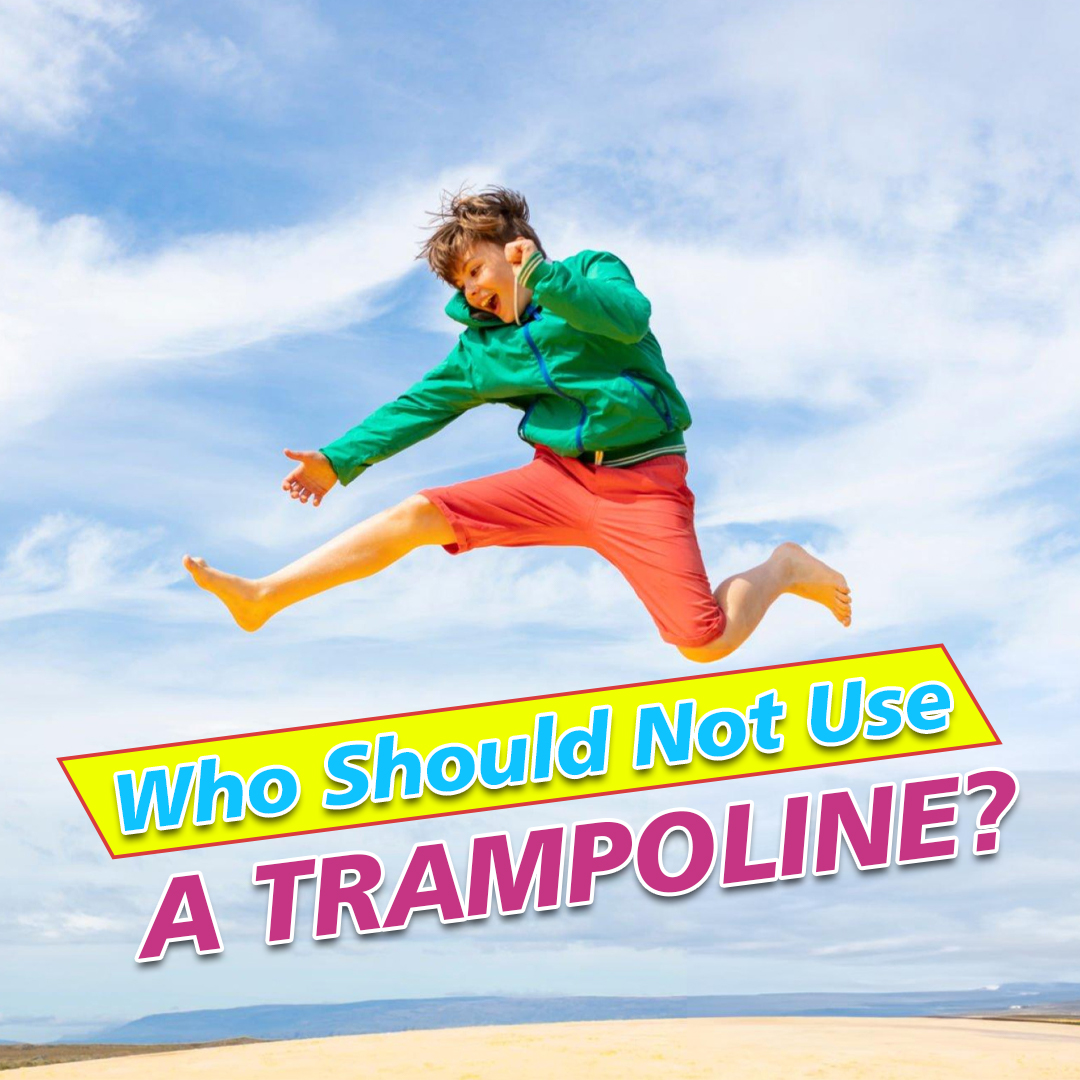
Trampolines are a place of excitement and joy rather than danger and anxiety. We know you love Akrobat Trampoline and you showed your trust on our trampolines & accessories. We are thankful to you always, forever. Now it is our responsibility to educate you about the causes people face because of inappropriate and wrong use of trampolines. Even though they are fun, they can be dangerous for several reasons.
After reading this guide you’ll have a clear understanding of the potential risks and the reasons why you need to take care of yourself and your loved ones before taking a jump on a trampoline.
Let’s jump right in the guide now!!!
Types of trampoline injuries

Trampolines are not always a fun factor for everyone, they can be dangerous for people who will not use it properly. Due to the law of gravity, whatever goes up in the air will come down and unfortunately, it’s not always fun. When you play with gravity somewhere you invite high-risk injuries for yourself.
Here are some common injuries that take place due to trampolines and tips about how you can avoid those risks:
- Fractures and Broken Bones: Fractures are a common consequence of trampoline injuries, especially to the wrists, arms, and legs. Broken bones might result from an uncomfortable fall or colliding with another jumper, necessitating weeks or even months of recuperation. Children are particularly vulnerable because of their growing bones and inclination for active, high-energy play.
Suggestion: Children under age of six should avoid using trampoline.
- Sprains and Strains: Common trampoline injuries that frequently affect the ankles and knees are sprains and strains. These injuries arise from the stretching or tearing of muscles and tendons (strains) or ligaments (sprains), frequently as a result of awkward landings or abrupt, jerky motions. They may result in severe discomfort and swelling that prevents you from moving around for a long time.
Suggestion: opt for trampoline with safety enclosures, padding and lower bounce.
- Head and Neck Injuries: The head and neck are affected by more serious injuries that could be fatal. Concussions, fractured skulls, or even damage to the spinal cord can occur if a jumper lands on their head or neck. These accidents highlight the value of safety precautions and supervision in preventing risky behaviours like somersaults and flips.
Suggestion: make proper use of trampoline accessories like trampoline socks.
- Dislocations: Dislocations can occur when using a trampoline, especially those of the shoulder and elbow. When bones are pushed from their natural positions—usually as a result of a fall or an awkward landing—injuries like these arise. Dislocations are quite painful and usually need to be fixed by a medical specialist.
Suggestion: avoid flips and stunts if you are not an expert and not using trampoline accessories.
- Dental Injuries: Accidental collisions during trampoline use can cause dental trauma, including chipped or knocked-out teeth. Jumpers frequently sustain these injuries when they crash into the trampoline’s surface or frame or when they fall face-first. This risk can be decreased by shielding the face and keeping a safe distance from other people when jumping.
Suggestion: try not to jump high and maintain proper care of the trampoline by cleaning it properly.
Some safe trampoline recommendations: Orbit Pro 14ft Trampoline and Orbit 10ft x 6ft In-ground Trampoline
Recognising the range and seriousness of trampoline injuries emphasises how crucial it is to take the appropriate safety measures. Users can reduce the possibility of accidents and guarantee a safer trampoline experience by being aware of these dangers.
Young Children

Age Concerns
- Children under the age of six should not use sports trampolines, according to paediatricians in the United Kingdom, especially those connected to the Royal Society for the Prevention of Accidents (RoSPA).
- Little children are more likely to get hurt when using a trampoline, according to the British Orthopaedic Association (BOA). Their bodies are still growing, and they don’t have the balance or coordination needed to use a sport trampoline safely.
- Because of their immature motor abilities and delicate bones, younger children are especially susceptible to the pressures generated by trampoline bouncing.
Developmental Risks
- Little children’s developmental stage makes using trampolines more dangerous. Their coordination, balance, and motor abilities are still developing, so it’s challenging for them to maintain control over their motions on a trampoline.
- This loss of control increases the risk of injury by causing clumsy landings, falls, and collisions with other jumpers.
- Younger children are also more likely to be at risk since they may not completely comprehend or follow safety regulations.
Parental Guidance
- Some of these risks can be reduced and a safer play environment can be guaranteed by putting age-appropriate safety measures in place and closely watching older children.
- To further lower the danger of harm, you can use safety netting, trampoline ladders, trampoline socks, padding, and laws limiting the number of jumpers who can land at once.
Parents can safeguard their children from trampoline-related injuries by adhering to these rules and by adding essential trampoline accessories to make their bounces safe.
Older Adults

Age-Related Risks
- Using trampolines inappropriately can increase the risk of falls and fractures for older persons.
- The force from jumping and any falls can cause serious injuries including hip fractures and wrist breaks because as we age, our bones become more brittle.
- Inappropriate use of a trampoline can put older persons at risk for falls, which are a leading cause of injury-related hospital admissions.
Health Conditions
- Osteoporosis and arthritis are two prevalent health conditions that might worsen in elderly persons who do not use trampolines appropriately.
- Because trampolining involves heavy impact, there can be considerable hazards associated with osteoporosis, which weakens bones and increases their susceptibility to fractures.
- Furthermore, the sudden movements may exacerbate arthritis, exacerbating joint discomfort and inflammation..
Expert Opinions
Even though using a trampoline can be dangerous for senior citizens, some may still want to participate for the exercise and enjoyment aspects. It is important to adhere to certain recommendations if you are an older adult thinking about using a trampoline in order to reduce the danger of damage.
- Choose the Right Trampoline: Selecting the Proper Trampoline Compared to larger, recreational trampolines, smaller, lower-impact trampolines—also called rebounders or mini-trampolines—are better suited for older persons and are meant for mild exercise. Make sure the trampoline has enough safety measures, like non-slip surfaces, a strong handrail for balance support, and enough padding around the edges.
Product recommendation: family trampoline
- Supervision and Assistance: When utilising a trampoline, always have someone watching over you, especially if you have balance or mobility concerns. An assistant can guarantee that assistance is available when needed and offer support.
- Gentle and Controlled Movements: Opt for low-impact activities like side-to-side stepping, moderate bouncing, or marching in place. Steer clear of high jumps, flips, and other risky activities. Concentrate on activities that improve coordination and balance because these skills are important for preserving mobility and averting falls.
- Listen to Your Body: Observe the cues your body is sending you. If you feel pain, lightheadedness, or difficulty breathing, stop right away and take some time to relax.
People with Pre-existing Medical Conditions

Orthopedic Issues
- Risks for Individuals with Bone, Joint, or Muscle Problems: When utilising trampolines, people with pre-existing orthopaedic disorders like arthritis, past fractures, or persistent joint discomfort are more vulnerable. Because trampolines are high-impact exercises, using one can make these conditions worse, increasing pain, inflammation, and the risk of more injuries. For those with such conditions, the British Orthopaedic Association recommends against using trampolines to avoid further harm and difficulties.
Cardiovascular Concerns
- Potential Dangers for Those with Heart Conditions: Trampolines should not be used by those with cardiovascular disorders, such as hypertension, arrhythmias, or a history of heart attacks. Bouncing puts a lot of physical strain on the heart and increases adrenaline, which can cause cardiac episodes. The British Cardiac Foundation advises against high-intensity exercises like trampolining for people with cardiac issues. Instead, they suggest moderate, controlled activity.
Neurological Disorders
- Avoidance for Those with Conditions like Epilepsy: Those who suffer from neurological conditions like epilepsy may find it especially risky to utilise trampolines. Seizures may be brought on by erratic and forceful movements, which raises the possibility of falls and serious injury. Seizures can also cause loss of control, which can lead to collisions with other jumpers or the trampoline frame. To protect their safety, neurology specialists, such as those from Epilepsy Action UK, advise against using trampolines for people with epilepsy.
Pregnant Women

Physical Risks
- Potential for Falls and Abdominal Trauma: Pregnancy-related falls from using a trampoline increase the risk of fractures and abdominal injuries. Stability becomes difficult due to changes in the centre of gravity and balance, which increases the risk of injury. Abdominal trauma from jolting motions can raise the risk of problems such as placental abruption or premature labour.
Medical Advice
- Recommendations from Obstetricians and Gynecologists: Pregnant women are generally advised not to use trampolines, according to obstetricians and gynaecologists. Activities that increase the risk of falls or abdominal impacts should be avoided, according to the Royal College of Obstetricians and Gynaecologists (RCOG). To guarantee the safety of mother and child, choose low-impact exercises like strolling, or prenatal yoga.
Individuals Who Have Recently Undergone Surgery
Recovery Process
- Why Healing Surgical Sites are at Risk: Post-surgery, using a trampoline presents hazards since healing takes time. Surgical sites are prone to injury, and trampoline jumping can interfere with the healing process and cause problems like infection or reopening of wounds. Recovery may be hampered by the tension that bouncing causes pain and discomfort.
Doctor’s Recommendations
- Typical Post-Surgery Guidelines: Doctors warn against using trampolines and other activities that put a strain on surgical wounds. Initially, appropriate healing is promoted by rest and minimal exercise. Low-impact exercises could be added as recuperation advances. However, trampolining is usually too risky in the beginning. Seek advice from medical professionals regarding safe activity schedules.
Conclusion
In conclusion, even though trampolines seem like a lot of fun and exercise, it’s important to recognise their limitations. We’ve looked at who shouldn’t use trampolines: from young children who are still developing their motor skills to expectant mothers who want to protect both their health and the health of their unborn child. Patients who have just had surgery, people with medical issues, and older adults should all exercise caution.
Keep in mind that safety comes first. A safer and more enjoyable experience can be had by being aware of the risks and following professional advice. Therefore, think twice before jumping into the trampoline and put your family’s and your safety first by keeping yourself informed with the guidelines. Happy bouncing, but be careful at all times!
Life is about to take a risk, But smart people always take a step intelligently!





